After 18 years of secret development as the successor to the Traction Avant, the DS, pronounced in French as “Déesse” (goddess), was introduced on 5 October 1955 at the Paris Motor Show. In the first 15 minutes of the show, 743 orders for the DS19 were taken, and orders for the first day totalled 12,000. During the 10 days of the show, the DS took in 80,000 deposits; a record that stood for over 60 years.
The DS is considered a symbol of French ingenuity. Aside from the style administered by Flaminio Bertoni that was “out of this world’ in the 1950’s it boasted a unique automatic levelling hydraulic suspension system and dozens of other technical innovations that set it apart from anything else on the road. Hydraulics were also applied to the clutch, transmission, steering and brakes allowing the car to achieve sharp handling combined with very superior ride quality frequently compared to a “magic carpet”.
Citroen followed up in 1957 with the ID model that was a bit more traditional mechanically: it had no power steering and had conventional transmission and clutch instead of the DS’s hydraulically controlled set-up. A luxury version of the DS in “Pallas” trim was also offered. A station wagon variant, the ID Break, was introduced in 1958.
The DS and ID model enhancements evolved over the years. The most visible change occurred in 1967 when the DS and ID were given a more streamlined headlight design, giving the car a notably shark-like appearance. This design had four headlights under a smooth glass canopy, and the inner set swivelled with the steering wheel allowing the driver to “see around” turns. Engine displacement also increased from the initial 1,911 cc power plant, growing to 2,100, cc and in later years 2,300 cc. The addition of a dual-barrel carburetor and eventually fuel injection contributed to higher power output.
The DS was used as the basis for many custom body offerings, most notably by French carrossier Henri Chapron. Rarest and most collectable of all DS variants are the convertibles, offered from 1958 until 1973. The Cabriolet d’Usine (factory-built convertible) were built in small series by Chapron for the Citroën dealer network. These DS convertibles used a special frame which was reinforced on the sidemembers and rear suspension swingarm bearing box, similar to, but not identical to the Break (Station Wagon) frame.
Right-hand drive versions were assembled in England at Citroën’s Slough factory up to 1966, whereupon manufacture of all RHD models reverted to France.
By the time production ceased in April 1975, more than 1.3 million of these wonderfully idiosyncratic cars had been sold.
Here are the various D model versions and their basic power-train differences:
- ID19 – The lower spec version of the DS made in various forms, Sedan and Break (station wagon, Estate, Safari) from 1958 to 1969. The ID19 had a 4-speed manual gearbox. The only ID variant to ever have a semi-auto gearbox option from the factory was the Break.
- ID20 – An ID19 with a little more power. Made for the 1969 model year only. (1985cc)
- DS19 – Made in various forms from 1956 to 1968. It came with the Citromatic semi-automatic (manual shift but no clutch) 4-speed gearbox and from 1963 onward became available with an optional 4-speed manual gearbox.
- DS20 – A DS19 but with more power. Made from 1969 onwards. (1985cc)
- D Super – The ID20 was re-badged D Super from the 1970 model year. A 4-speed manual gearbox as standard, but a low ratio 5-speed manual gearbox was an option until July 1972. (1985cc)
- D Special – The ID19 was re-badged as the D Special from the 1970 model year. It was the lowest spec D model of this age. (1985cc)
- D Super 5 – When the DS21 was superceded by the DS23 in 1972, the DS21’s 2175cc engine was fitted to a D Super along with the higher ratio 5-speed manual gearbox to create a new model called the D Super 5. These have the same trim and spec as a D Super, but an extra gear for better cruising and extra power due to the larger engine.
- DS21 – Made from 1966 until 1972, the DS21 has a 2175cc engine producing 109 bhp until 1968 and 115 bhp thereafter in carburettor form. For the 1970 model year onwards, the DS21 was available with optional Bosch D Jetronic fuel injection which increased the horsepower to 139 bhp. The DS21 came with the Citromatic semi-automatic 4-speed gearbox or optionally available 4-speed manual gearbox. In 1972 a 5-speed manual gearbox was an option.
- DS23 – In July 1972 the DS21 was superceded by the DS23, the only change being the size of the engine, increasing to 2347cc. This engine produced 124 bhp in carburettor form and 141 bhp with the optional Bosch D Jetronic fuel injection. The DS23 came with the Citromatic semi-automatic 4-speed gearbox but a 5-speed manual gearbox was available as an option.
An excellent article by Hemmings on the history of the DS can be found here.
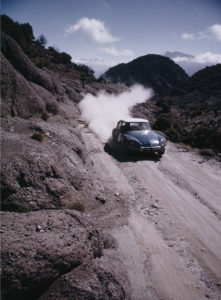


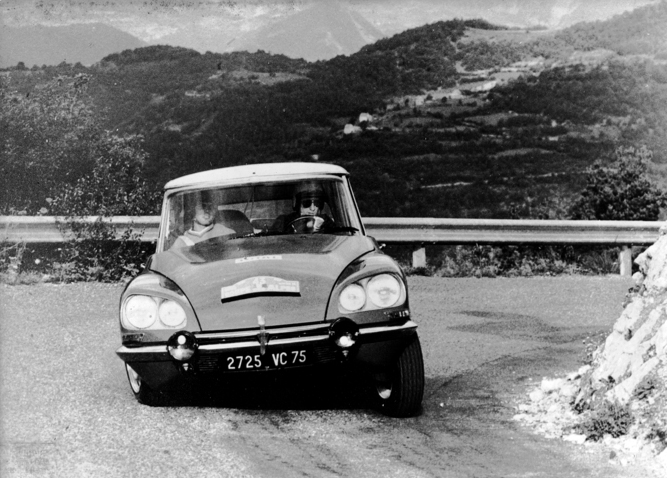

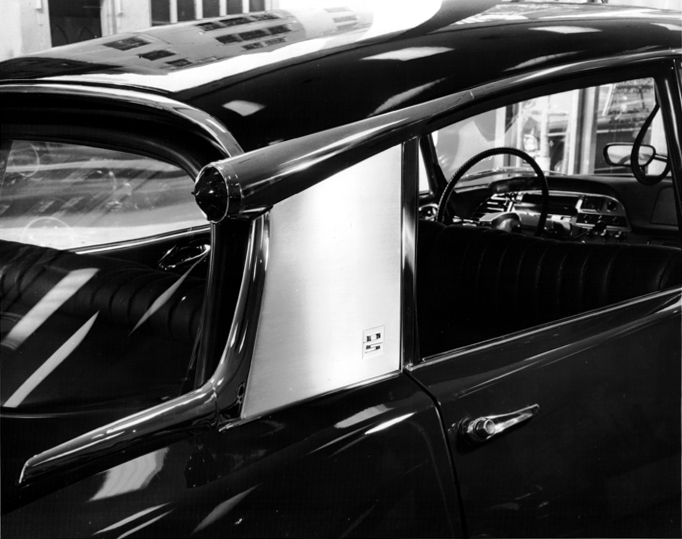


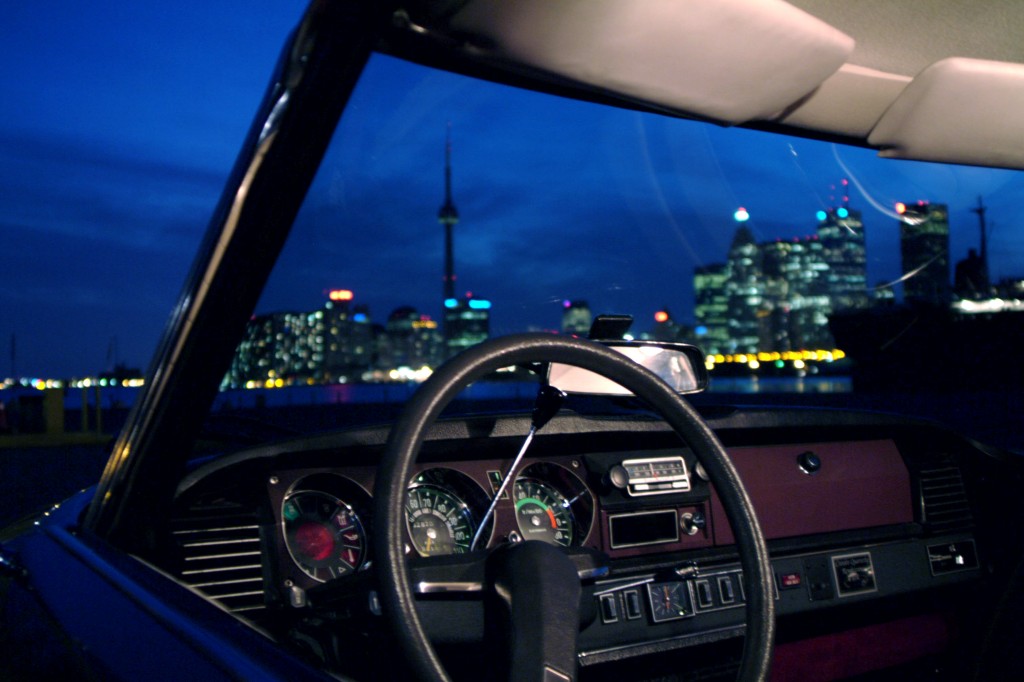
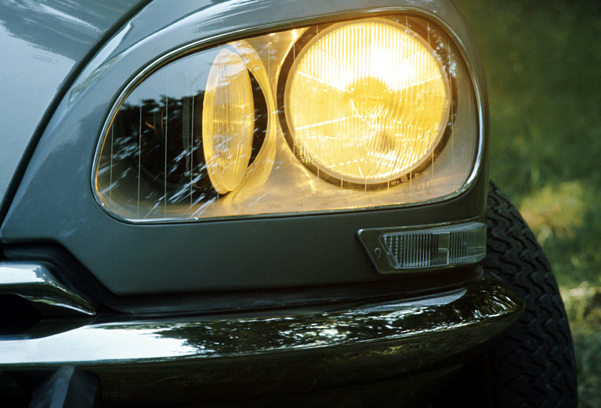
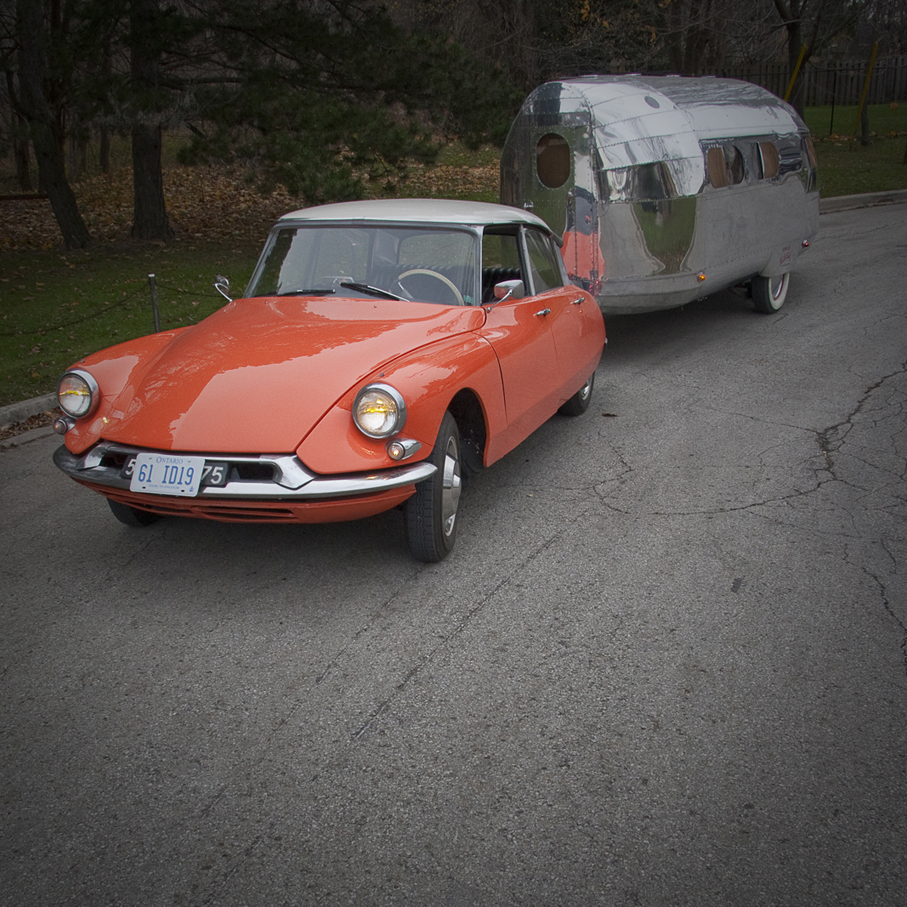






I drove a 1960 Citroen ID-19 for many years in the Seventies and Eighties. What a great car! Since Citroen left the U.S. marketplace in 1972, I was forced to do all the maintenance myself. The old 19ll cc engine was a long-stroke design with only three main bearings, and it was replaced with a more advanced engine design in 1966. This was truly revolutionary. The new motor featured a crankshaft properly supported by 5 main bearings and a short-stroke design that reduced the distance from TDC to BTDC, thus reducing “ring-miles” and allowing greater RPM.. The Citroen Dealership in Portland, Oregon was owned by Roger Sagner. He once explained to me that the old 19ll cc Citroen engine required “true” thin-casting Citroen pistons, because the after-market pistons were too heavy, they would inevitably break the crankshaft. The Citroen required the factory parts, or, as they say. a Piece d’ Originale. but they had to be imported from France at exceptional cost.